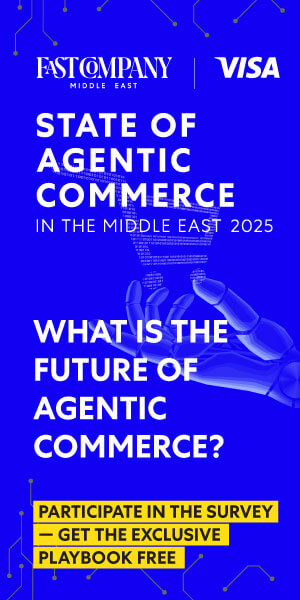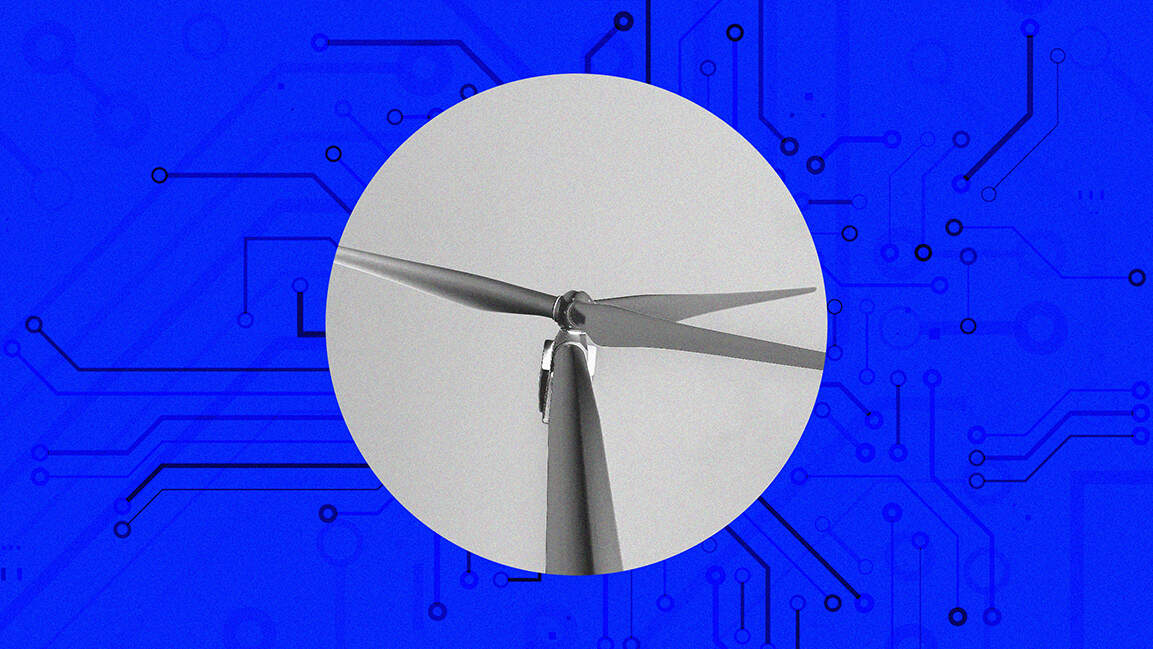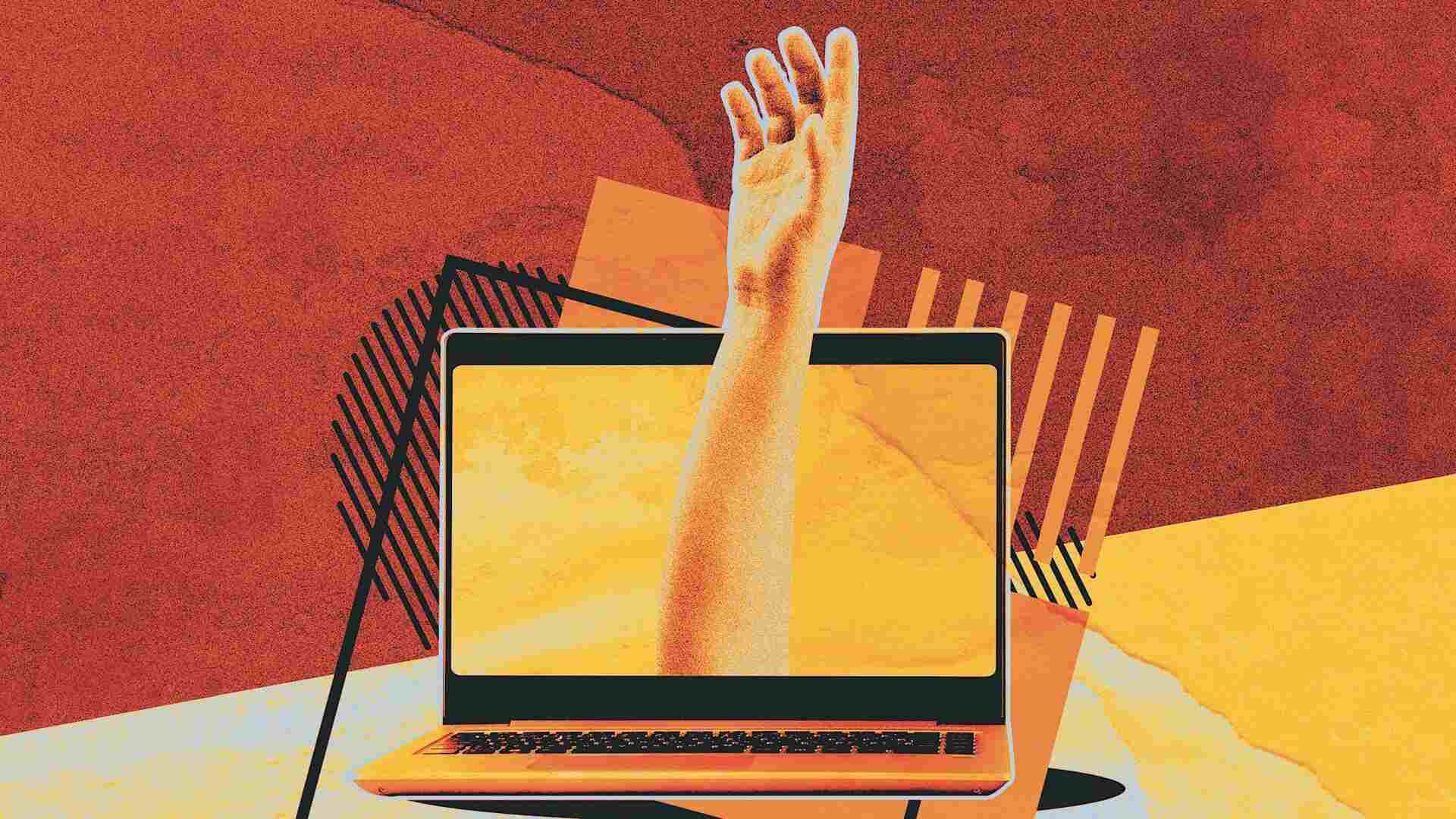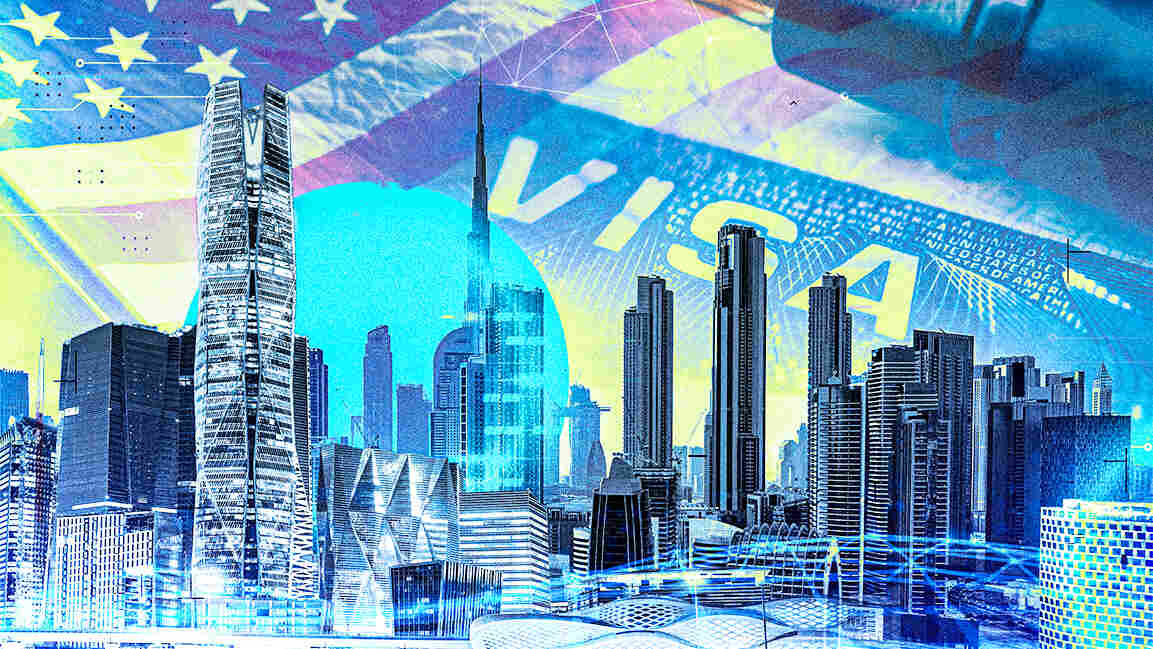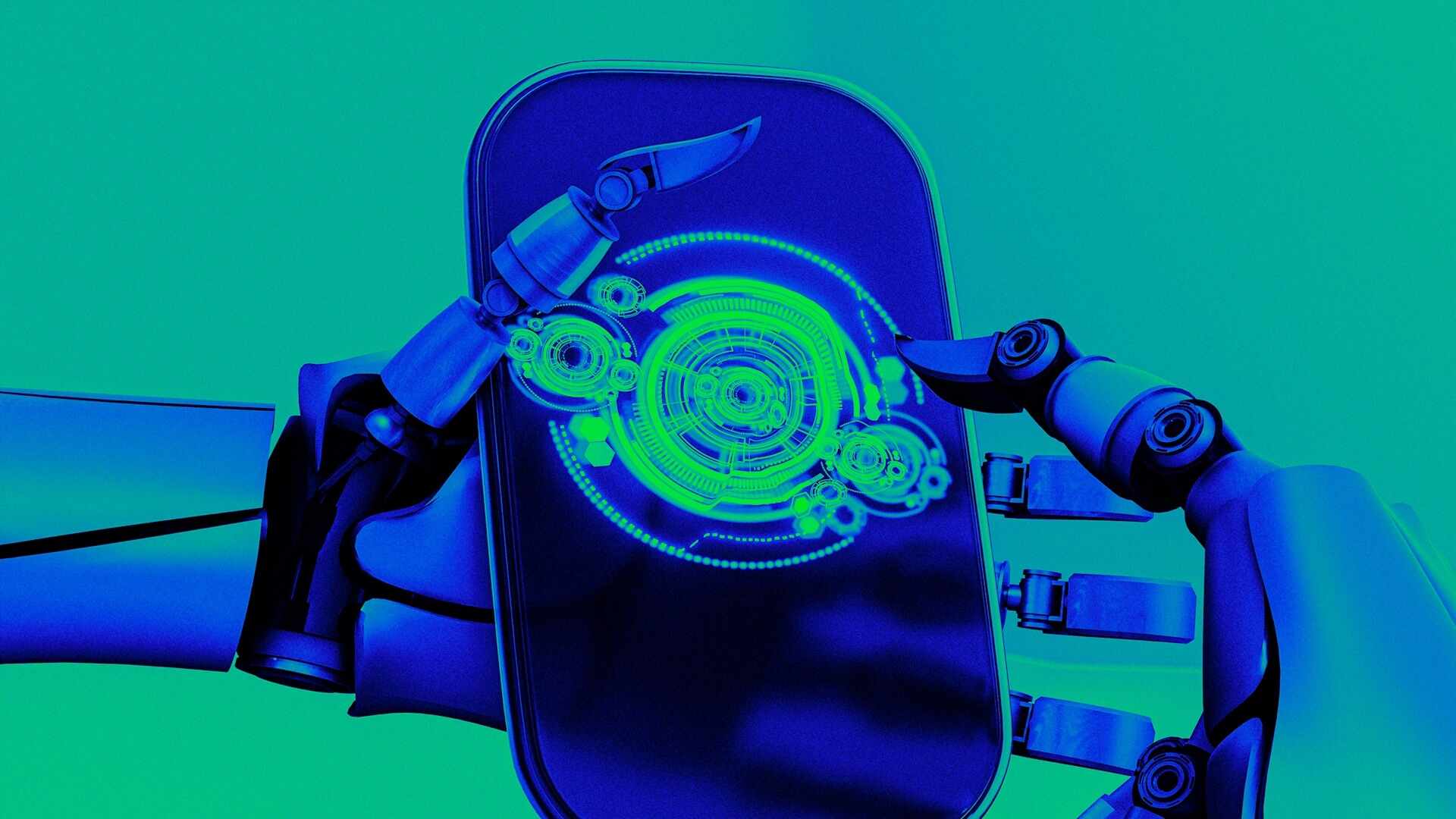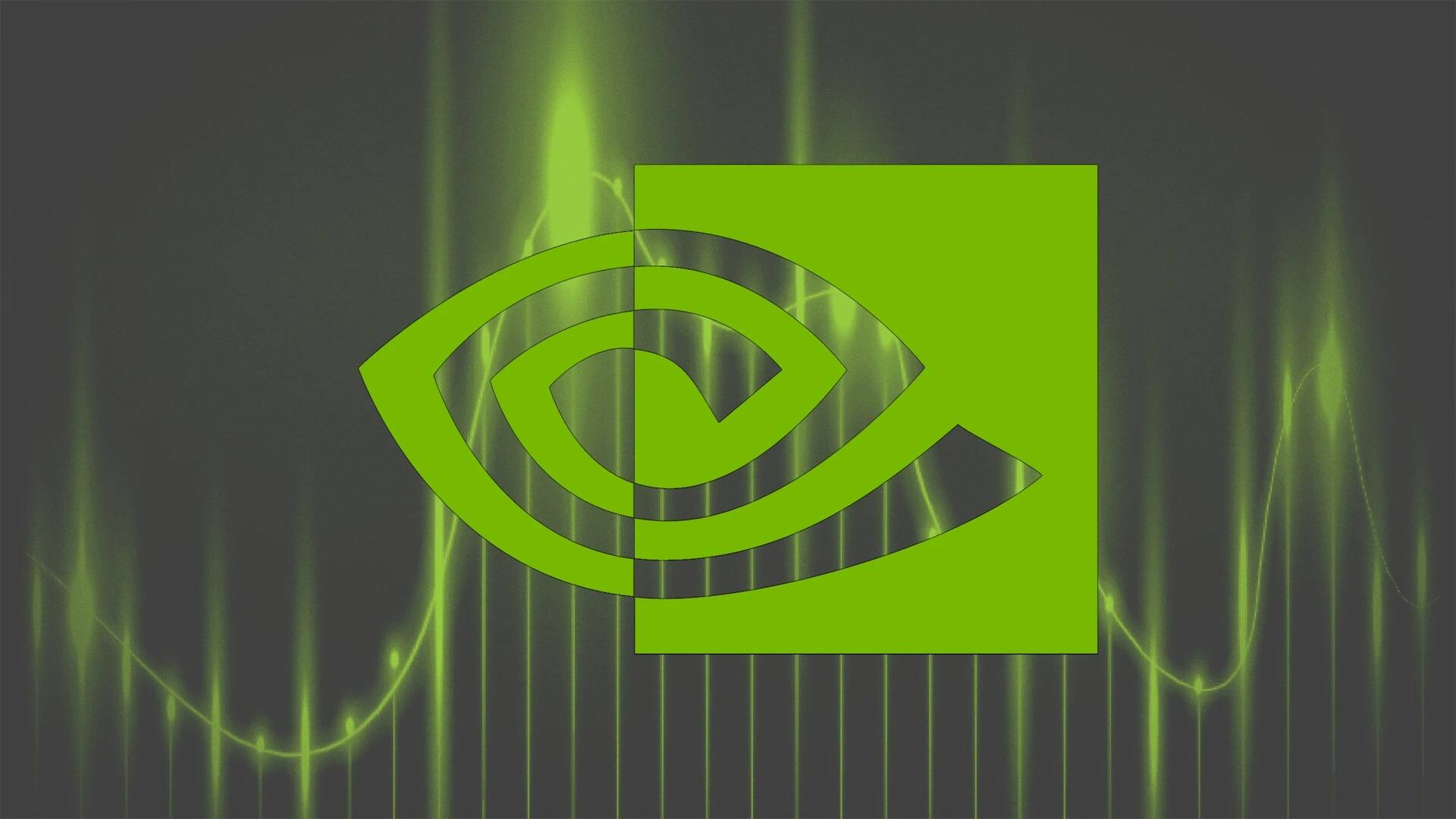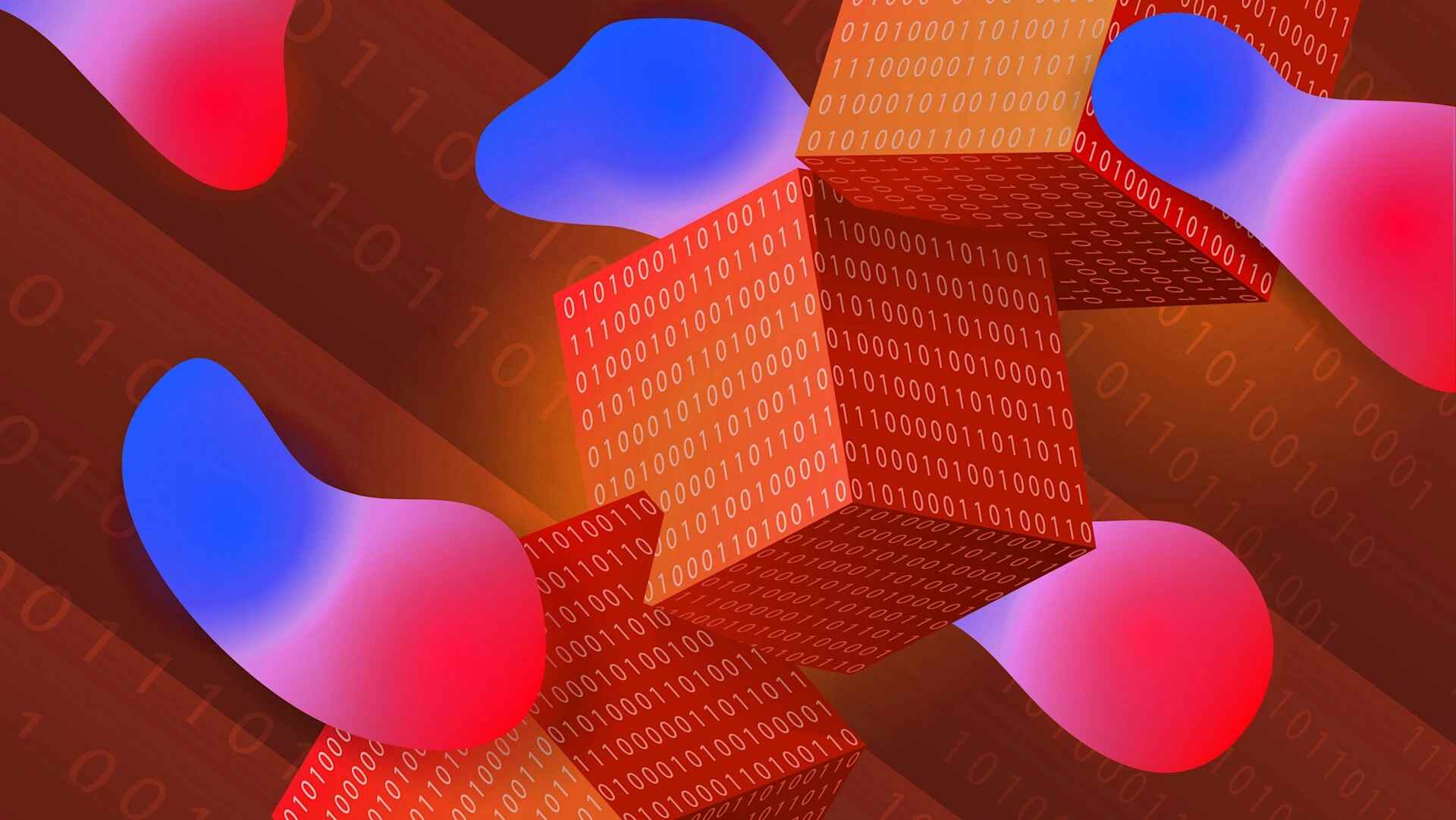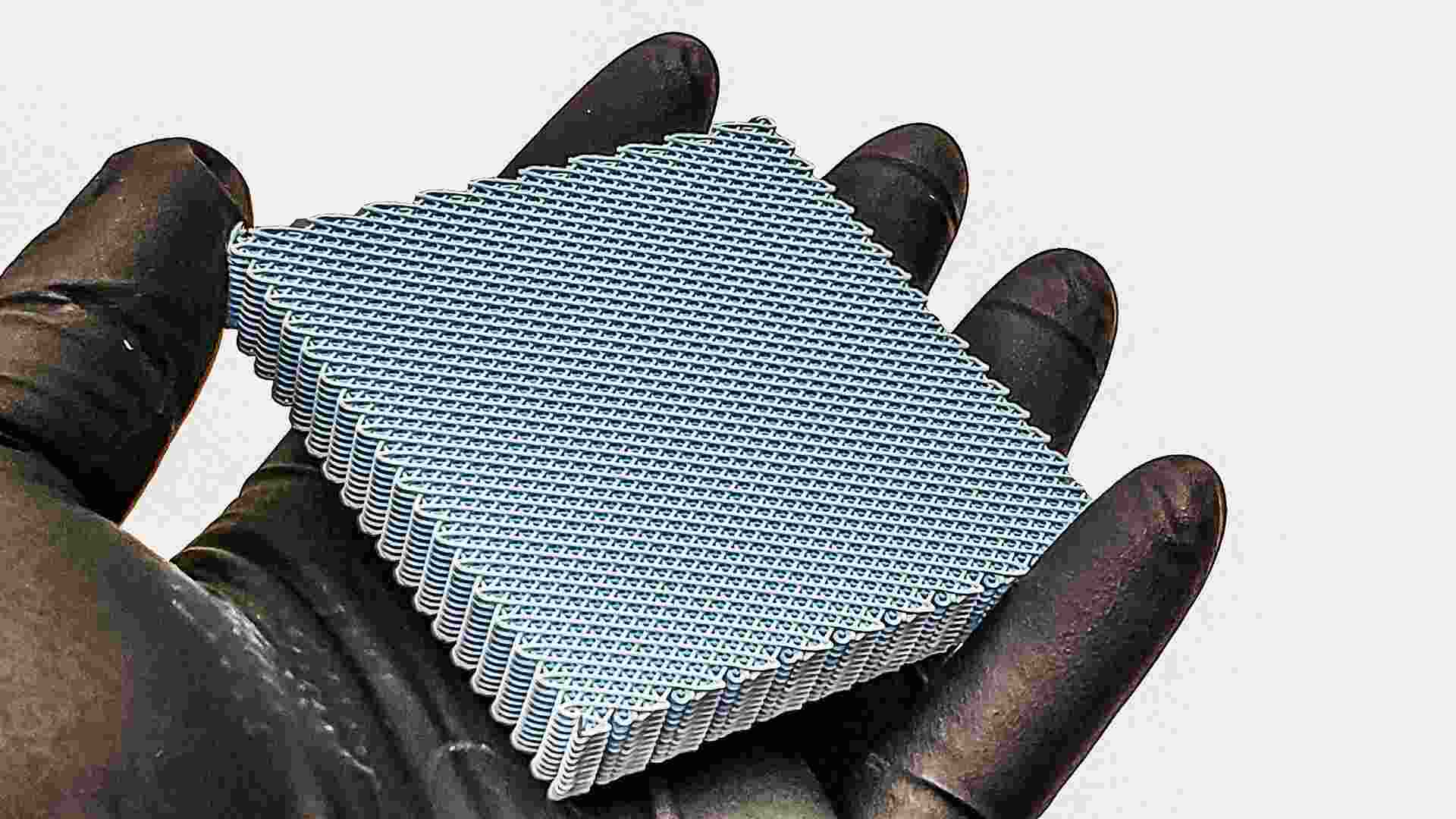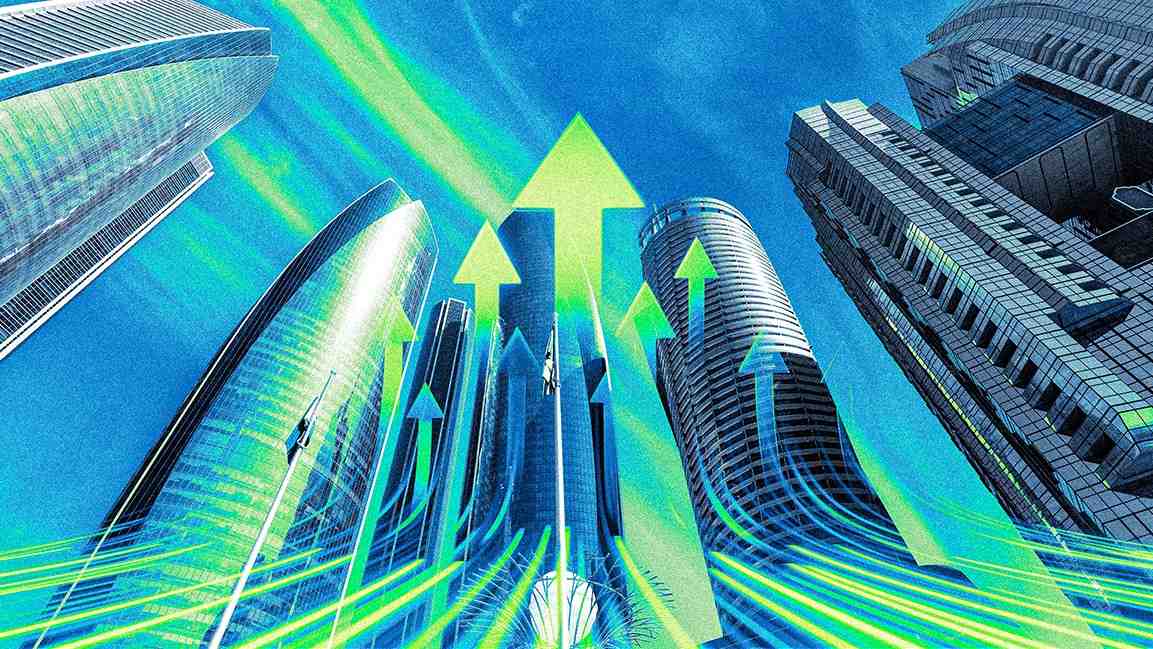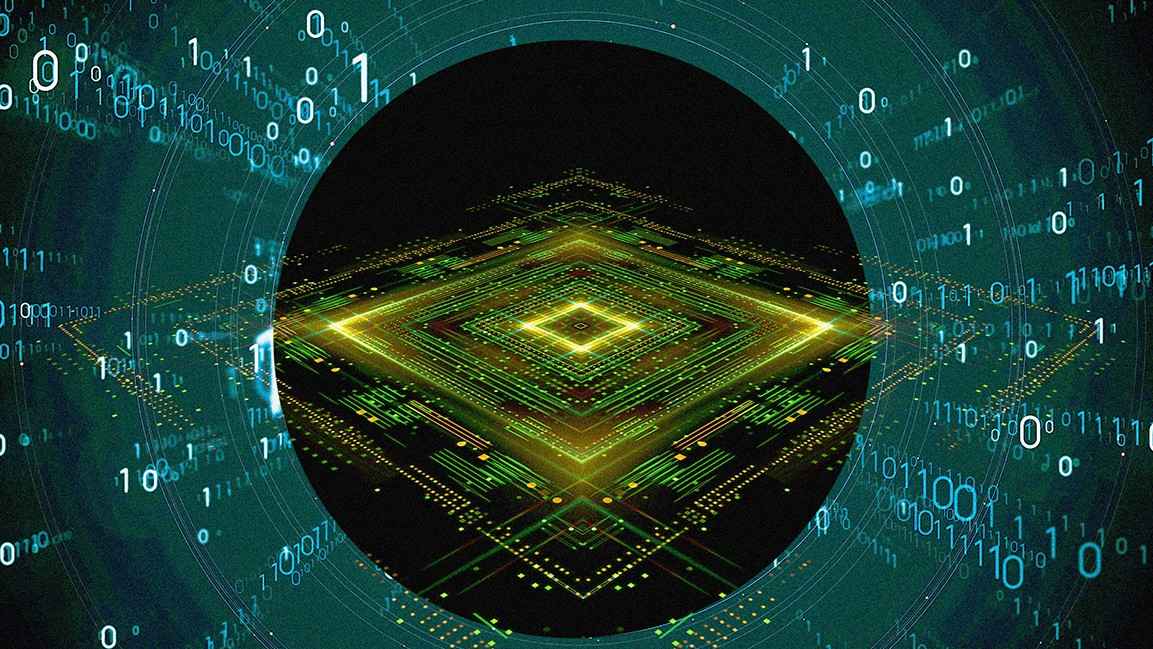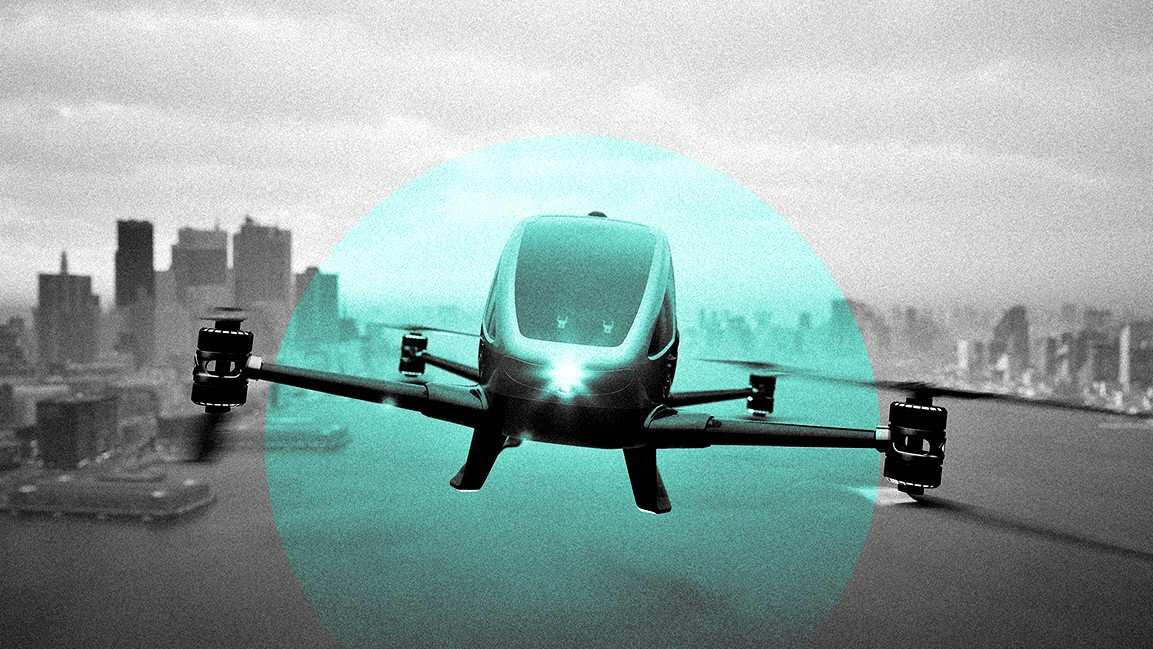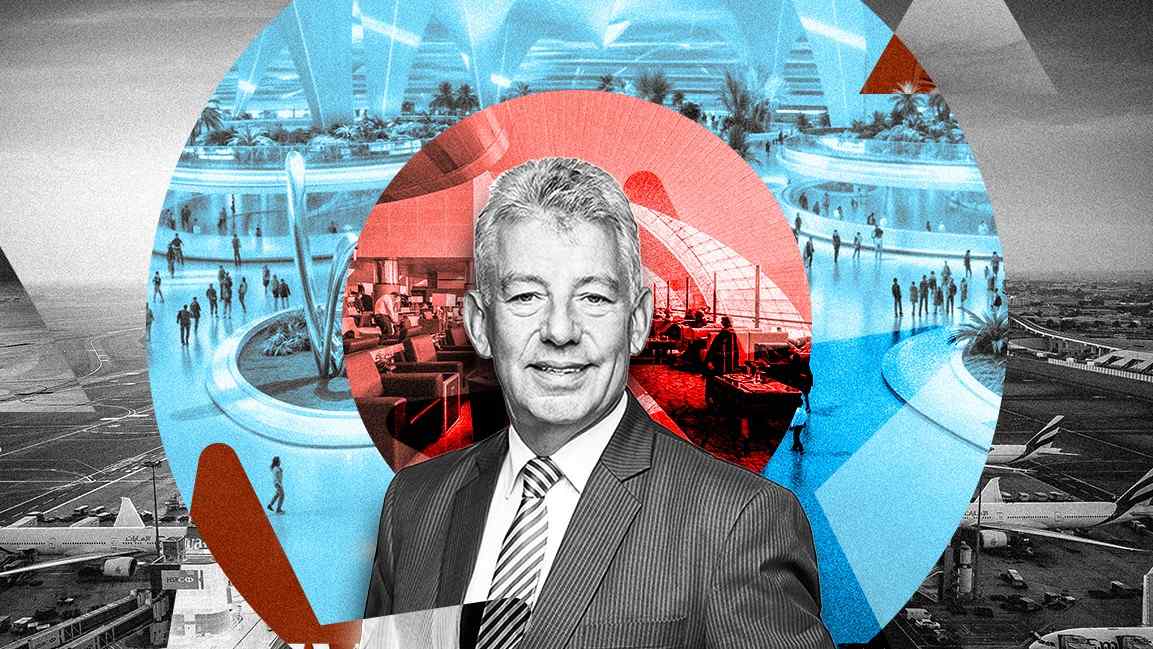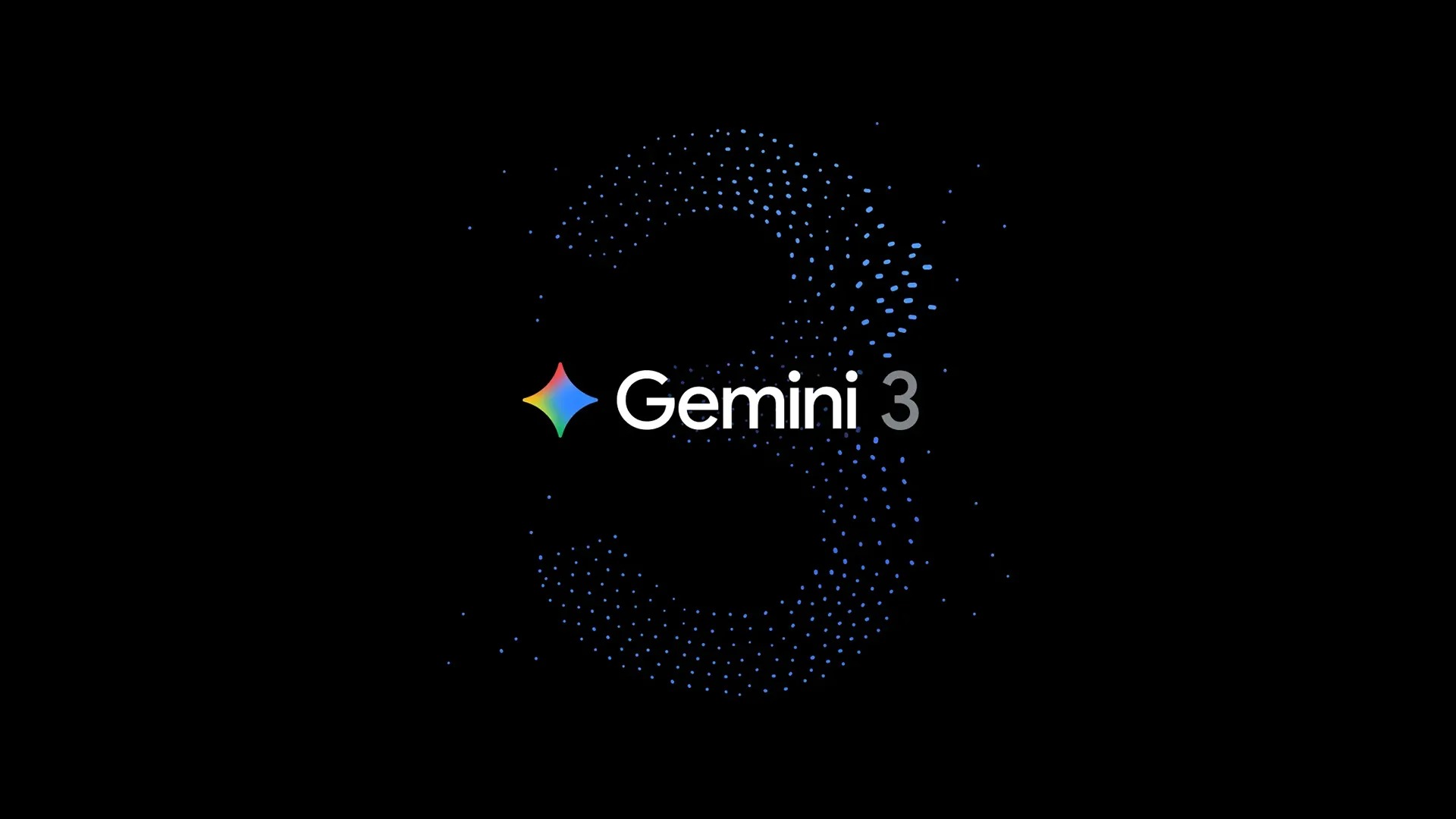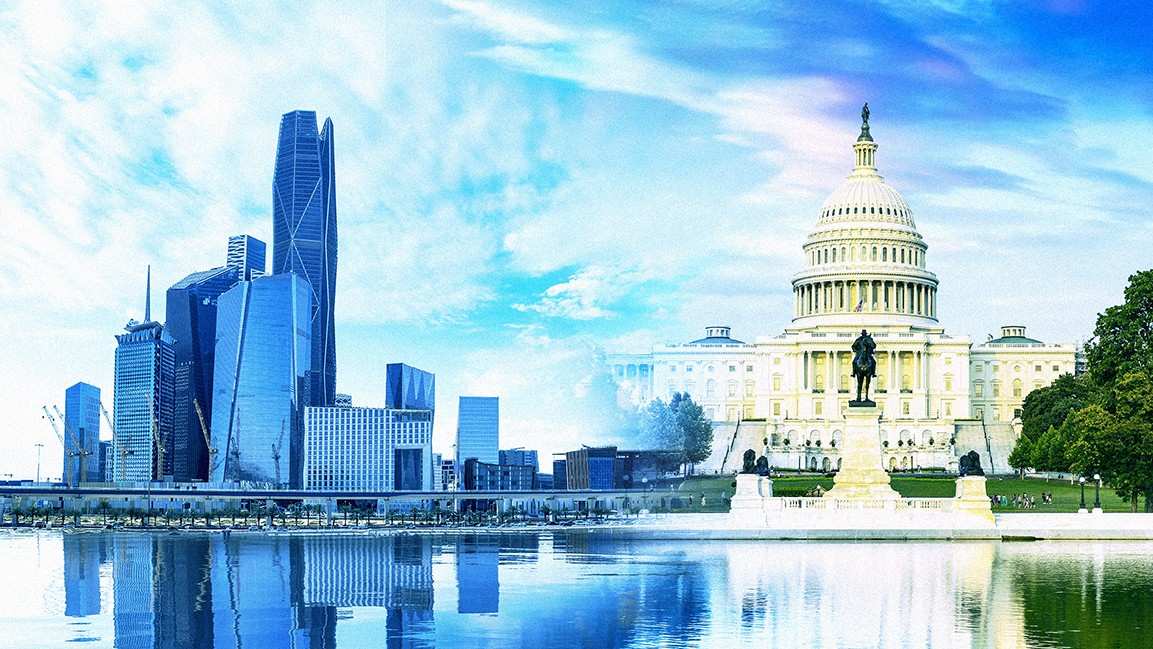- | 2:00 pm
Neal Mohan reveals YouTube’s 2025 vision on its 20th anniversary
YouTube's CEO predicts creators will become the next generation of startups, with AI playing a central role by 2025.
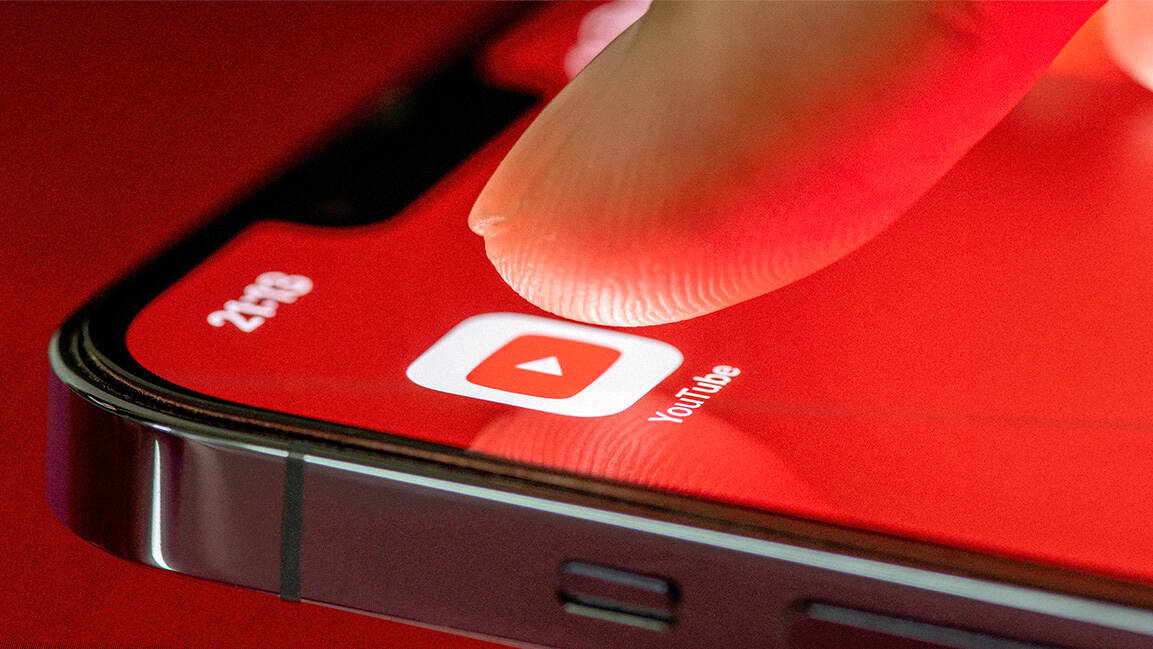
Mohan notes that creators earn through shopping recommendations and memberships, with engagement tools like Communities and Hype set to expand in 2025.
“Across all of our AI efforts, we’re focused on building the right guardrails to protect creatives on YouTube. This means developing new tools to help individuals detect and control how AI is used to depict them on YouTube,” explains Mohan. “Through a pilot with the creative industry, some of the world’s most influential figures will soon have access to this early-stage technology and are providing critical feedback to help us build our detection systems and refine the controls.”






